Fluorescent Lights are made up of phosphorus-coated sealed tubes filled with Argon and traces of mercury.

How Does a Fluorescent Light Work?
The underlying process of the working of a fluorescent bulb is quite fascinating. Though the design may vary from one manufacturer to the other, a fluorescent light comprises of two electrodes embedded in the either end of the sealed tube. As the electrodes heat up, they emit electrons that shoot from one end of the tube to the other, travelling through the ionised gas.
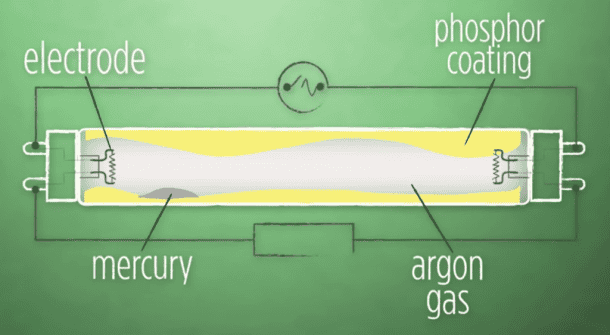
As the electrons collide with the vaporised mercury atoms, they are excited to a higher but unstable energy state. Thus, the electrons return to their normal state releasing photons of light in the process. However, these photons mostly lie in the UV range and are not visible.
To make the emitted UV radiation useful, the inner lining of the bulb is coated with phosphor powder. The electrons in the phosphor powder are excited by the UV light and shift to a higher energy state. As these electrons return to the original energy level, they emit photons that lie in the human visible spectrum.
Why do the Fluorescent Lights Buzz?
As the ionised gas in the fluorescent lights heats up, its electrical resistance goes down. Thus, currents flowing through the fluorescent bulbs can increase to a dangerous level in the absence of preventive measures.
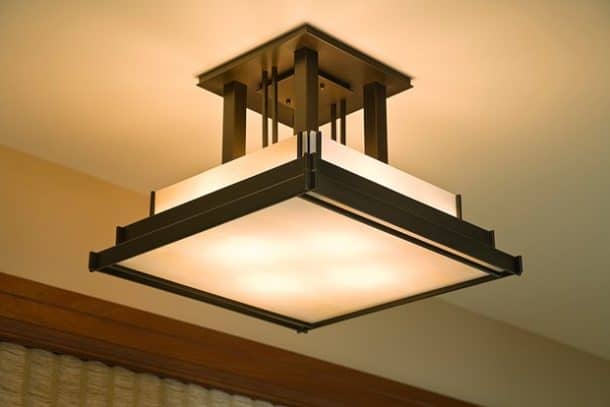
The current flowing through a fluorescent light is regulated by using a ballast like copper wire wrapped around an iron core. Thus, the current growth is minimised to a safe operating level. The ballast generates a magnetic field due to the current passing through it. The larger the flow of current, stronger is the magnetic field produced by the ballast. The magnetic field opposes the direction of the current, thus keeping the current increase in check.
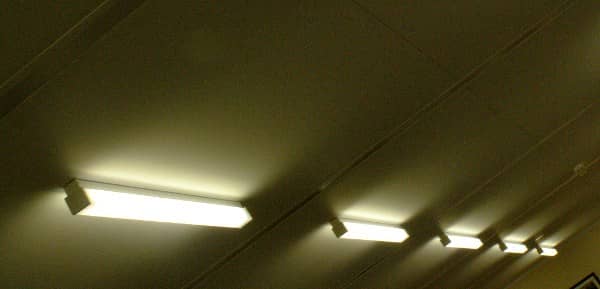
Standard AC rate in the US is 60Hz which implies that there are 60 AC cycles in each second. The current (or charge) moves in one direction during one-half of an AC cycle and in the other direction for the second half.
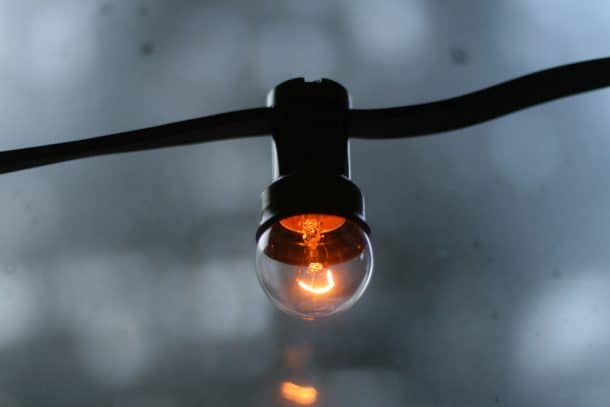
The polarity of the magnet switches each time the direction of the current changes. Given the 60Hz AC cycle, the magnetic polarity is switching at the rate of 120Hz, twice that of the alternating current. Magnetostriction is a process in which the ballast core is physically squeezed as the magnetic field fluctuates. The physical squeezing at 120 Hz produces the infamous buzzing sound associated with the fluorescent lights.
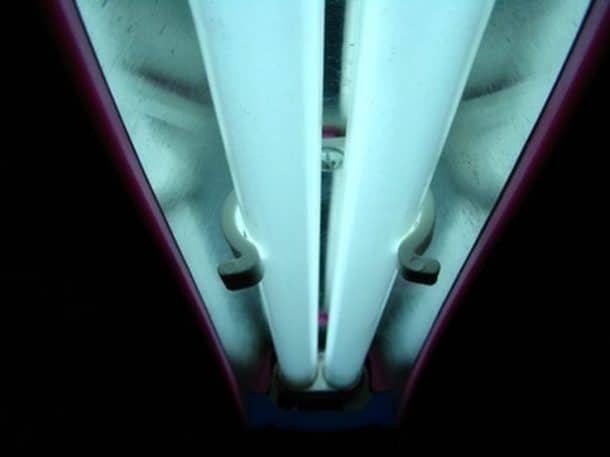
The manufacturers include the ‘sound rating’ for ballasts in their data sheets. The ballasts categorised as ‘A’ are rated at 20-24 decibels and are considered the quietest. The ‘D’ category ballasts are used in retail store settings and can emit a sound of up to 42 decibels.


